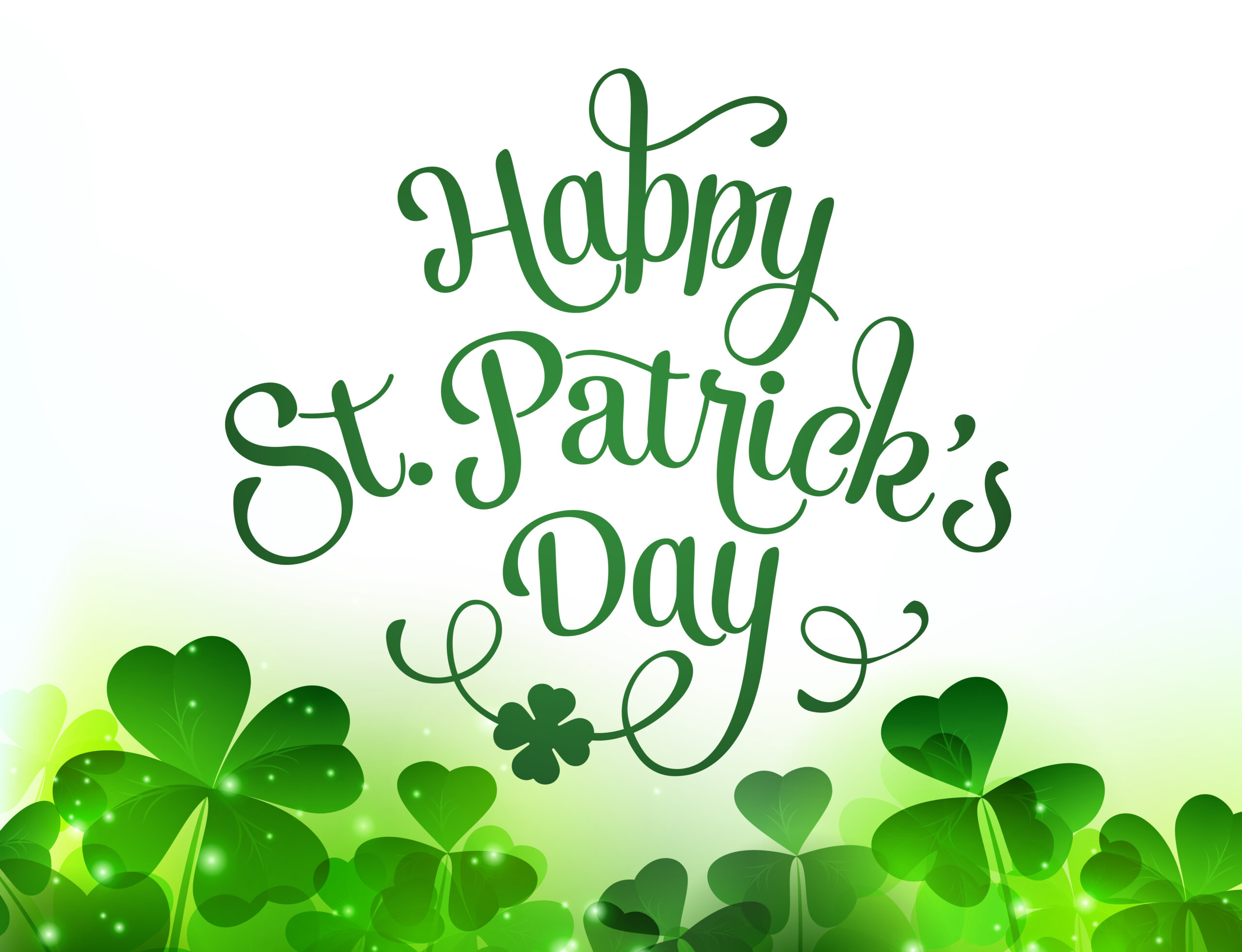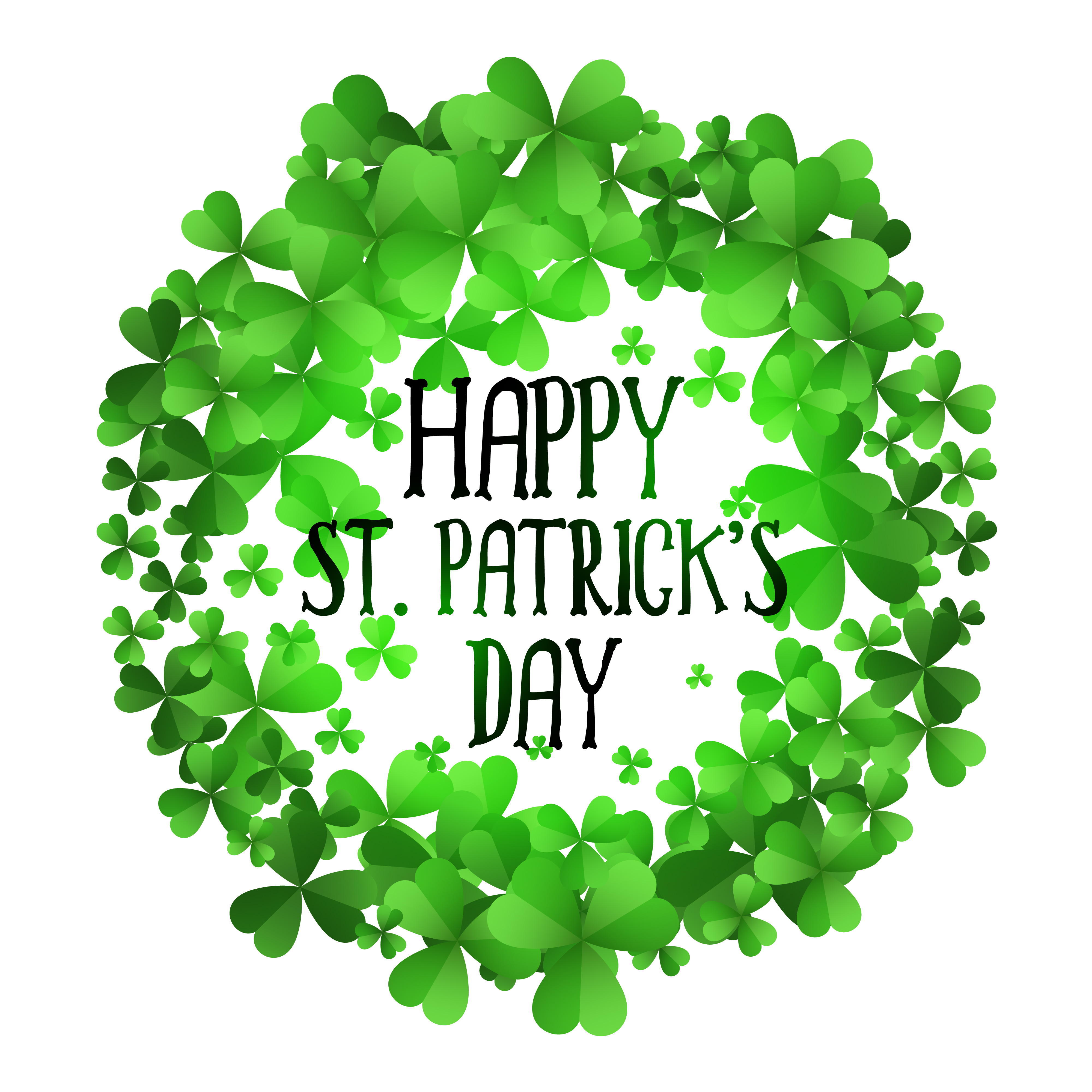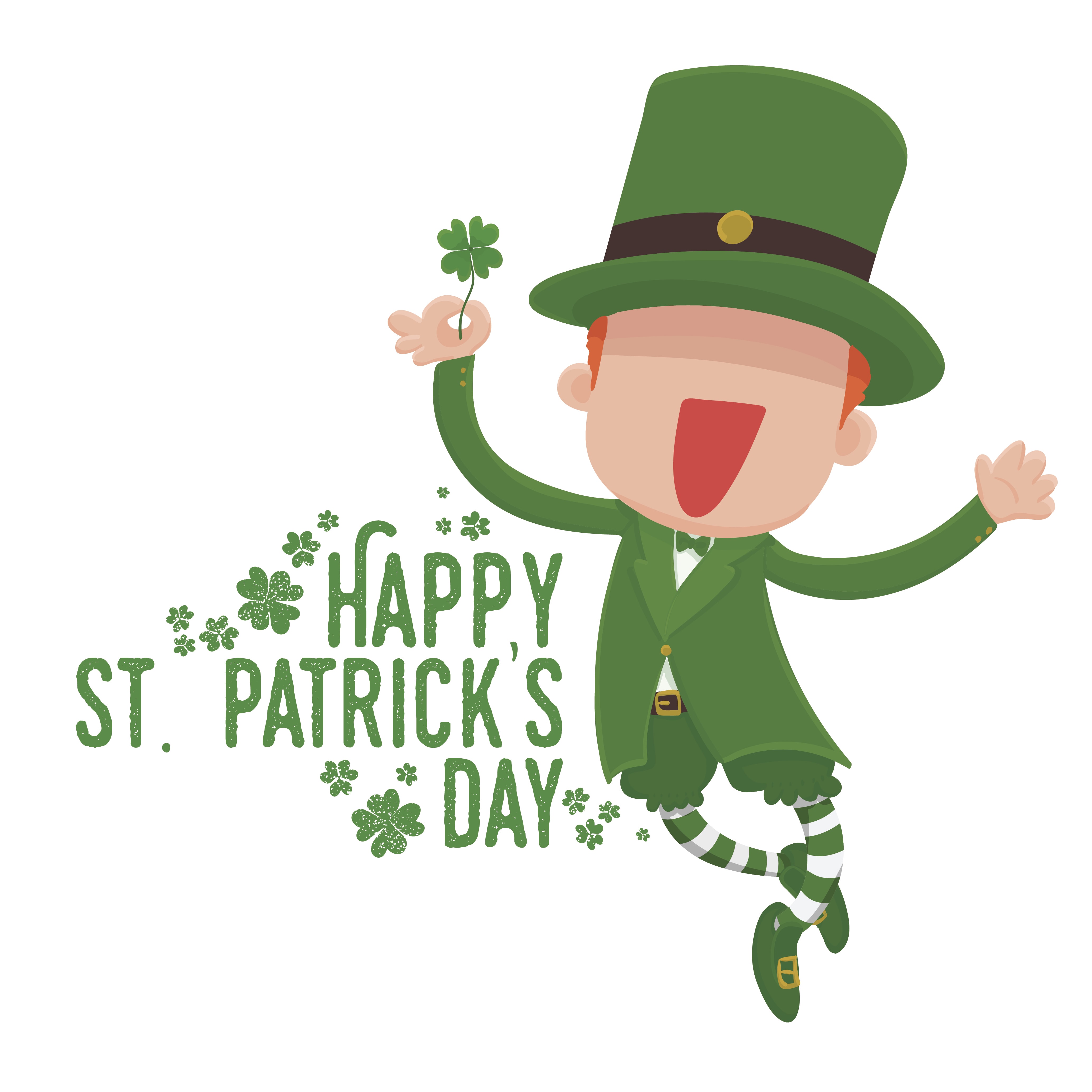Gallery
Photos from events, contest for the best costume, videos from master classes.
 |  |
 | :max_bytes(150000):strip_icc()/st--patrick-s-day-hat-165800661-5bde2155c9e77c00263a029e.jpg) |
 |  |
 |  |
 |  |
 |  |
Although St. Patrick’s Day may be better known for corned beef and cabbage, this holiday is rooted in honoring a saint who loved the Lord. Whether you are looking for scripture to share or want to teach your children about the reason we celebrate, here are 28 Bible Verses for St. Patrick’s Day that will strengthen your faith! St. Patrick's Day's spiritual meaning is rooted in Christianity. At its core, St. Patrick's Day is a religious holiday celebrated by Catholic, Lutheran, Anglican, and Eastern Orthodox Christians.. The man who inspired the holiday, Saint Patrick, is best known for bringing Christianity to Ireland in the 5th century. “When Ireland became an independent dominion, and they started making their own laws, one of the first things they did was ban the sale of alcohol on St. Patrick's Day,” McDevitt said. “From the mid 1920s through the early 1960s, St. Patrick's Day was a dry day. The pubs are closed. You can't sell alcohol. People get up and they go to The Real Story of St. Patrick. Many celebrate St. Patrick’s Day on March 17 and hang pictures of shamrocks and mythical creatures called leprechauns. But who was St. Patrick, and why do we celebrate his life on this day? Patrick lived a full life, but not without his share of suffering and adventure. Saint Patrick's Day, or the Feast of Saint Patrick (Irish: Lá Fhéile Pádraig, lit. 'the Day of the Festival of Patrick'), is a religious and cultural holiday held on 17 March, the traditional death date of Saint Patrick (c. 385 – c. 461), the foremost patron saint of Ireland. Although we typically celebrate St. Patrick's Day with a focus on Irish culture and heritage rather than its religious significance in America, the holiday has Catholic roots. So yes, St. Patrick's Day is a religious public holiday in Ireland and has been for over 1,000 years. When he came, St. Patrick's Day was a feast day of St. Patrick, and it really was a religious holiday. We spent our day going to church, reflecting on the feast of St. Patrick, and then, of course To help understand the real history of St. Patrick’s Day, and share a bit about the historical figure for which the day is named, we spoke to Dr. Sean Brennan, a professor of history at the St. Patrick’s Day is a global celebration of Irish culture that takes place annually on March 17, the anniversary of the patron saint of Ireland's death in the fifth century. How did an Irish saint’s day become an American thing? The short answer: Irish people came to America and brought their culture with them. St. Patrick’s Day observances date back to before the founding of the U.S., in places like Boston and New York City. The first parade was held in Manhattan in 1762. What is the real meaning of Saint Patrick’s Day? A look at the facts and history behind Paddy’s Day to discover how close to the origins of the day the meaning of St Patrick's Day The True History Behind St. Patrick’s Day. 3 minute (and a regular marcher in the St. Patrick’s Day Parade in Manhattan). regardless of how closely it’s tied to the actually meaning It is the Twa, that was "chased out of Ireland" by St. Patrick and not, as the story goes, real life serpents. In reality, the history of the holiday is a secret attempt to disguise genocide, as St. Patrick led the charge to hunt down these men and women in order to kill them. St. Patrick's Day, observed on March 17, has transitioned from a feast day in Ireland to a widely celebrated holiday in the United States. The holiday commemorates St. Patrick, the patron saint of St. Patrick’s Day is a special holiday celebrated on March 17th every year. It honors Saint Patrick, the patron saint of Ireland, who helped bring Christianity to the Irish people a long time ago. Even though it's an Irish holiday, people all over the world celebrate with parades, wearing green, and having fun! Key Facts about St Patrick's Day. Spiritual Significance: St. Patrick's Day honors the arrival of Christianity in Ireland and Saint Patrick’s missionary work. Symbols: The shamrock represents the Holy Trinity, and a legend claims St. Patrick banished snakes from Ireland. Over the years, St Patrick’s Day has become synonymous with parades, shamrocks, and drinking, but for a long time it was a solemn religious holiday - and the sale of alcohol was banned These actions keep the true meaning of St. Patrick’s Day alive. They show that the holiday is still about faith and being kind to others, just like Saint Patrick taught. FAQs What is the primary spiritual significance of St. Patrick’s Day? History Column: The true meaning of St. Patrick’s Day; New Regional Rail schedules now in effect; Irish pride marches through Philly at annual St. Patrick’s Day parade; Mayor Parker’s second budget proposal puts focus on housing, tax cuts ‘Stone Soup’: New works by Eustace Mamba pop up at Magic Gardens St. Patrick’s Day is the feast day of St. Patrick, a patron saint of Ireland. Originally celebrated with religious feasts and services, St. Patrick’s Day became a secular celebration of Irish culture when it reached the United States alongside Irish immigrants.
Articles and news, personal stories, interviews with experts.
Photos from events, contest for the best costume, videos from master classes.
 |  |
 | :max_bytes(150000):strip_icc()/st--patrick-s-day-hat-165800661-5bde2155c9e77c00263a029e.jpg) |
 |  |
 |  |
 |  |
 |  |